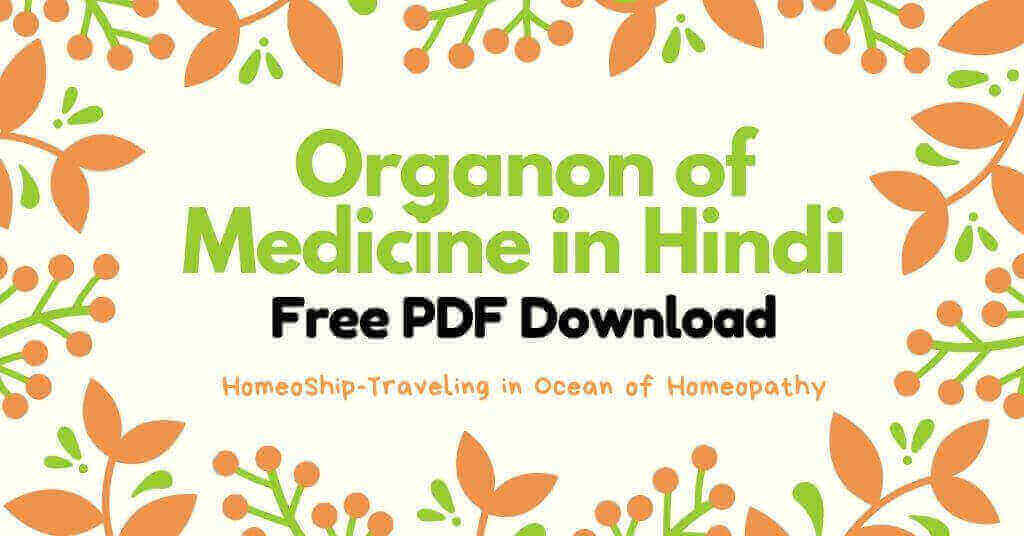Boenninghausen’s evaluation is based on his Latin criteria of 7 points:
This “Latin hexameter” was explained by him originally in his essay “Characteristic value of symptoms”. This was again compiled into his book “Lesser writings”.
1. QUIS: The personality of an individual, age, sex, constitution, and temperament has to be studied in order to understand him as a person. This personality is best expressed by his mentality, temperament, likes and dislikes emotional and intellectual capacitates, etc. The final selection of similimum out of the seemingly indicated remedies has to be made on the basis of the mental symptoms only.
2. QUID: Nature of the disease. It is useful for therapeutic purposes, the nosological disease is the general conception applied to a group of symptoms always occurring together. The skill of the physician is in determining the individual disease determination based on the peculiarity of the same nosological disease in the particular individual.
3. UBI: Location of the disease. The seat of disease is important because in most diseases we notice that though the disease is systemic, not all the organs of the body are suffering in equal proportion but only one part is most affected. Hence seat of the disease gives us a hint about the individualistic nature of the disease. In the same manner, every drug has more affinity for certain parts of the body though it affects the entire organism. Hence the seat of the disease will aid us in comparing of drug picture and the disease picture.
4. QUIBIS AUXILUS: Concomitant symptoms. Boenninghausen had given specific importance to concomitant symptoms that provide individualizing features to many cases of illness.
Concomitant symptoms always follow the chief symptoms. Dr. Boenninghausen, for the first time, used these terms to explain the symptomatology. Concomittents cannot be explained by the physician either on physiological or pathological grounds. But they are helpful in homeopathic prescriptions. Concomitant symptoms may co-exist with the main symptom and may not have any pathological relationship with the main complaint. We often find no reason for their co-existence with the chief complaint. These symptoms must not be overlooked or undervalued, as these are Hahnemann’s striking, extraordinary and peculiar, characteristic symptoms used in the individualization of the patient.
5. CUR: Cause of the disease. Finding the cause is basic to any rational system of medicine. Finding out the maintaining cause and removing it from the patient’s life is as important as the prescription of the similimum. Finding out the dynamic cause based on the process of “anamnesis” greatly helps in restricting and finalizing the only similimum remedy from the seemingly indicated remedies.
For example, a causative prescription can be made by inquiry, the history of any sprains, injuries, bruises, burns, exposure to cold, rains, emotional disappointments, suppressive treatments, etc.
6. QUOMODO: Modifying factor. An in-depth study of symptoms may reveal the circumstances under which the general and the particular symptom are aggravating or ameliorating, this in turn helps us in individualizing the suffering. These modifying factors are always different from one patient to another in the same pathological condition. These modifying factors can be environmental, emotional, positional, and physical in nature. So the modalities add distinction to each and every symptom and make it a complete symptom.
7. QUANDO: Modalities (the time of appearance of aggravation and amelioration) The periodical return of the symptoms, either in shorter or longer intervals. Example: menstruation-related complaints, seasonal complaints, etc, and the symptoms that occur on a particular day or hour of the day, either in aggravated form or in amelioration are kept under this heading.
Hope that you now understand the word meaning of the Latin words used by Dr. Boenninghausen. Bookmark this page it will surely help in your Vivas!!



